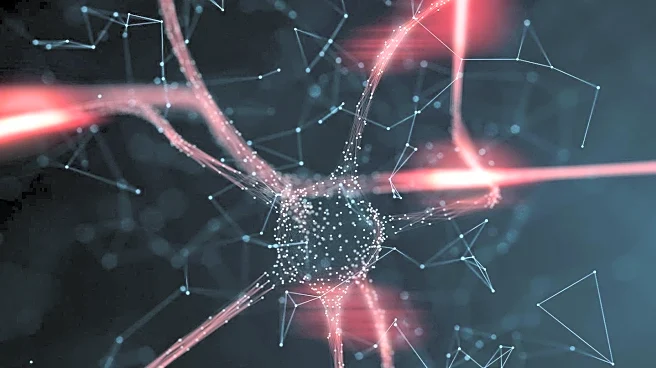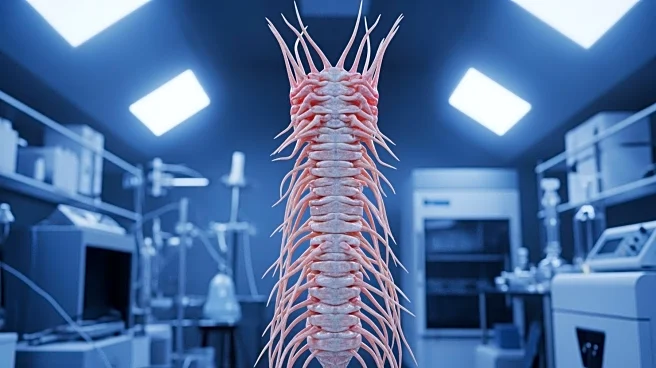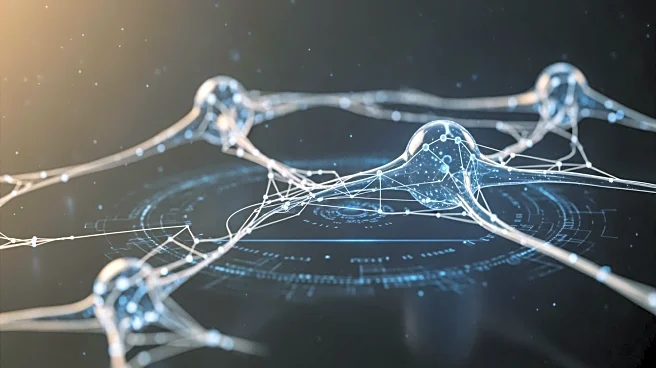What's Happening?
A recent study has investigated the role of extracellular vesicle-derived miR-9-3p in spinal cord injury (SCI) and its potential as a biomarker for recovery prediction. Conducted using a rat SCI model
and human cerebrospinal fluid (CSF) samples, the study analyzed miR-9-3p expression and its neuroprotective implications. The research found that miR-9-3p could serve as a robust prognostic marker, offering insights into recovery outcomes. Unlike protein biomarkers, miRNAs like miR-9-3p provide long-term prognostic value, which could enhance the understanding of SCI recovery processes.
Why It's Important?
The identification of miR-9-3p as a potential biomarker for SCI recovery is significant for both clinical practice and research. Biomarkers play a crucial role in predicting patient outcomes and tailoring rehabilitation strategies. By providing a reliable indicator of recovery potential, miR-9-3p could help clinicians develop more personalized treatment plans, improving patient care and resource allocation. Additionally, this research contributes to the broader field of neuroprotection and biomarker development, potentially influencing future studies and therapeutic approaches for SCI and other neurological conditions.
What's Next?
Further research is needed to validate miR-9-3p as a biomarker in larger human cohorts and diverse SCI cases. Clinical trials may explore its application in predicting recovery and guiding treatment decisions. As the study progresses, collaborations between research institutions and healthcare providers could facilitate the integration of miR-9-3p into clinical practice. Additionally, advancements in miRNA sequencing and analysis techniques may enhance the accuracy and applicability of miR-9-3p as a biomarker.
Beyond the Headlines
The study's findings may have ethical implications regarding the use of biomarkers in predicting recovery, particularly in terms of patient consent and data privacy. The development of miR-9-3p as a biomarker could also influence healthcare policies and funding for SCI research, highlighting the need for equitable access to advanced diagnostic tools. Long-term, this research may contribute to a deeper understanding of miRNA functions in neurological recovery, potentially benefiting other areas of neurobiology and regenerative medicine.











